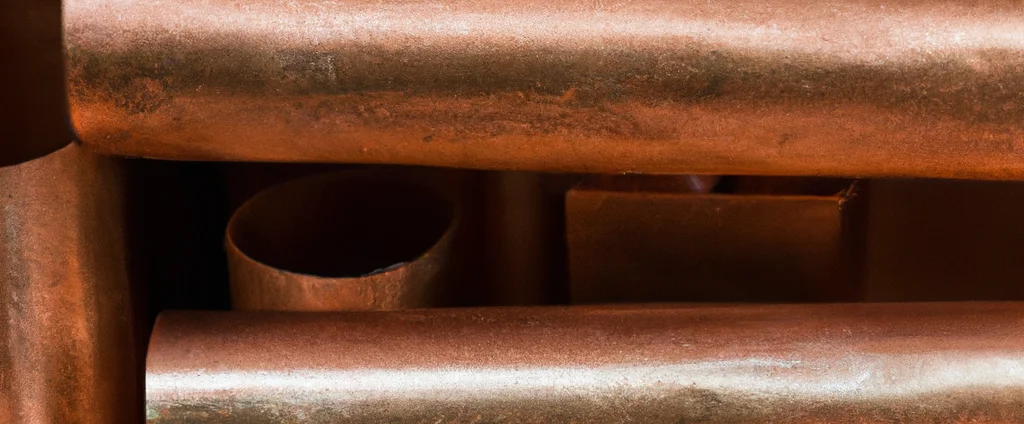Naval Brass (UNS C46500)

Naval Brass C46500, also known as Arsenical, is a type of brass alloy that mainly consists of copper and zinc, with small amounts of tin and arsenic. It is renowned for its exceptional corrosion resistance in seawater, high strength, and good machinability.
| Chemical Composition | ||
|---|---|---|
| Element | Min | Max |
| Copper | 59.0% | 62.0% |
| Arsenic | 0.02% | 0.06% |
| Iron | —— | 0.1% |
| Lead | —— | 0.2% |
| Tin | 0.5% | 1.0% |
| Zinc | —— | Remainder |
The following table provides a list of brass C46500 properties in both SI and US customary/Imperial units.
Click on the button to switch between Metric and Imperial units.
| Physical Properties | Metric |
|---|---|
| Density | 8410 kg/m3 |
| Mechanical Properties | Metric |
| Tensile Strength (Ultimate) | 380 - 610 MPa |
| Tensile Strength (Yield) | 170 - 460 MPa |
| Shear Strength | 280 to 380 MPa |
| Young’s Modulus (E) | 100 GPa |
| Shear Modulus (G) | 39 GPa |
| Elongation at Break | 18 - 50% |
| Poisson’s Ratio (ν) | 0.31 |
| Thermal Properties | Metric |
| Melting Point | 885 - 900 °C |
| Thermal Conductivity | 116 W/m·K |
| Specific Heat Capacity (Cp) | 380 J/kg·K |
| Coefficient of Thermal Expansion (αL) | 2.12×10-5 1/°C |
| Electrical Properties | Metric |
| Electrical Conductivity | 1.58×107 S/m |
| Electrical Resistivity | 6.6×10-8 Ω·m |
The values in this table are approximate and can vary depending on various factors such as the specific manufacturing process and heat treatment applied to the alloy.
Advantages & Disadvantages of Naval Brass C46500
| Advantages | Disadvantages |
|---|---|
| Excellent corrosion resistance | High cost |
| Good strength | Limited availability |
| Good machinability | |
| Dezincification resistance |
Applications of Naval Brass C46500
Naval Brass C46500, with its combination of corrosion resistance, strength, and machinability, finds a range of applications, particularly in marine and maritime industries. Key applications include:
- Shipbuilding: This alloy is extensively used in shipbuilding for various components. These include propellers, propeller shafts, rudders, fittings, valves, pumps, and marine hardware. Its corrosion resistance makes it well-suited for prolonged exposure to seawater and other corrosive marine environments.
- Marine Hardware: It is employed in the manufacturing of marine hardware such as cleats, hatches, anchors, couplings, fasteners, and connectors. Its strength and corrosion resistance are valuable properties for withstanding the demanding conditions encountered in marine applications.
- Electrical Connectors: The excellent electrical conductivity makes it suitable for electrical connectors and terminals. These connectors are used in marine electrical systems, where the alloy’s corrosion resistance is particularly advantageous.
- Heat Exchangers: This material can be found in heat exchangers used in marine environments. Heat exchangers made from this alloy can effectively transfer heat between fluids while resisting corrosion caused by seawater or brackish water.
- Pump Components: Its machinability and resistance to corrosion make it useful for manufacturing pump components. It can be employed in pump impellers, casings, and other parts exposed to corrosive fluids.
- Valve Components: Valves used in marine applications often require materials with good corrosion resistance. This alloy can be utilized for valve bodies, stems, and other components due to its ability to withstand exposure to saltwater and other corrosive media.
